The selection of the appropriate yoga school in India is one critical step to be taken by anybody who wants to learn or teach yoga. When you have hundreds of schools in the country, it can be quite strenuous to choose the school that suits your purpose, finances, and learning style. It is the kind of guide that will make a wise choice by posing ten critical questions. You can make sure that your yoga learning experience is worthwhile and rewarding by assessing the accreditation, experience of teachers, structure of course and facilities.
Guide to Choose the Best Yoga School in India
For choosing the yoga school in India, you should consider your priorities first. The other considerable points are:
1. Accreditation and Certification
Check that the school is registered by international or Indian yoga bodies e.g. RYT (Yoga Alliance), before enrolling. Accreditation will also ensure that the program is qualified and used globally as well as making sure your nomination will be accepted. There are schools providing extra diplomas or more professional certificates, which will make you more credible as a teacher of yoga. A certified school guarantees a well organized curriculum, professional orientation and improved prospects of teaching anywhere in the world after the course.

2. Experience and Expertise of Teachers
Your whole learning experience is determined by the quality of instructors. Find schools that have teachers who have experienced years of training, high qualifications and have specialized in yoga therapy or meditation. Senior instructors offer individual instructions, as well as, correct postures and practical tips. Enquire teachers on whether they regularly attend workshops, seminars and international retreats to keep in touch. Their experience will see that you develop a good basis of knowledge about yoga, anatomy and have confidence in teaching people.
3. Yoga Styles and Specializations Offered
The styles are Hatha, Vinyasa, Ashtanga, Kundalini, and Yin to name a few that are available in various schools. Select a school that suits your interest and career objectives. Several schools also have specialized courses in yoga therapy or meditation, pranayama or Ayurveda. The variety of curriculum allows you to test various tricks and make more practice. Pregnancy courses, courses in work with seniors or courses on stress management may be helpful in case you intend to teach or use yoga in a therapeutic environment.
4. Course Duration and Schedule
Yoga classes take between a few weeks and a few months. Check the length of the program, the schedule of the day and the theory and practice ratio. Full-time immersive programs are intensive learning courses whereas part-time and weekend courses are more appropriate to full-time working professionals. There are also schools that offer online schedules or a hybrid schedule. The knowledge of the schedule lets you put all the effort in and reap the fullest advantage. The properly formulated plan will assist you to assimilate knowledge, practice as well as have confidence in teaching.
5. Student-Teacher Ratio and Class Size
The student to teacher ratio is influential on learning. The smaller classes provide the students with more individualized guidance, corrections and monitoring their progress. Small ratios make the atmosphere conducive where questions and advice can be easily shared. They also enhance peer communication and community development. The proper class size ensures the safety of students during the practice, results in improved technique correction and makes the learning of yoga more interesting and productive.
6. Facilities and Accommodation
The amenities in a yoga school influence the learning and day-to-day life. Find comfortable housing, good food, neat studios, meditation rooms and grass to practice. Learning is enhanced by libraries, study materials and wellness facilities. Most schools provide international students with dorms, private rooms or otherwise on-campus. An environment that is properly maintained helps to keep the mind clear, focused and feel good. Good facilities enable you to be able to focus all on practice, theory and personal development during the process.
7. Curriculum and Teaching Methodology
A curriculum should be balanced in terms of theory, practice and teaching experience. Find classes in anatomy, physiology, philosophy and ethics, practical yoga. The good methodology consists of observation, demonstrations and practice classes. Schools who combine old knowledge with the use of modern teaching techniques give a more holistic experience. Regular assessment and evaluation as well as interaction enables the student to understand ideas completely. A good curriculum will equip you with the knowledge to practice safely, teach confidently and be able to modify techniques to meet diverse students.

8. Alumni Success and Reviews
Alumni reviews are directed to the credibility and quality of training of a school. Examine success stories, career results and testimonials, to determine the effect of the program. An engaged alumni would provide support, employment opportunities and guidance. The positive remarks of the international students indicate how flexible the school is and the standards of its teaching. Knowing the success of the alumni can assist you to evaluate your potential to develop. The better schools tend to provide more placement assistance to graduates as well as world recognition.
9. Location and Surroundings
Location is important in terms of learning, practice, and the experience in general. A quiet and natural surrounding enhances concentration and meditation. It is necessary to make sure it is safe, climatic, cultural, and accessible. Placing learning facilities close to mountains or rivers or peaceful environments increases mindfulness and general well-being. A good environment helps you to practice yoga regularly, relieves stress and intensifies your commitment to the yoga philosophy. The school should be located near health services, transport connections, and leisure amenities to have a comfortable and immersive learning experience.
10. Cost, Scholarships and Value for Money
Tuition fee is not uniform and hence consider the price and quality. Extra costs such as accommodation, meals and materials should not be forgotten. Most schools are providing subsidies in the form of scholarships, discounts, or payments. Ensure that the program is fully training, workshoping and certifying to warrant the investment. By comparing a number of schools, you are able to identify that school that matches your budget and objectives. An affordable school provides good education, career guidance and a good base to your yoga practice.

Conclusion
When visiting a yoga school in India, the accreditation, teachers, curriculum, facilities and learning environment are all factors that must be critically considered. Ask the right questions so that the school fits with your own objectives, be it selfish development or education. All these factors make you become an authentic learner, acquire skills in a safe manner, and go on with a rewarding experience that will add value to your life as well as that of your future students.

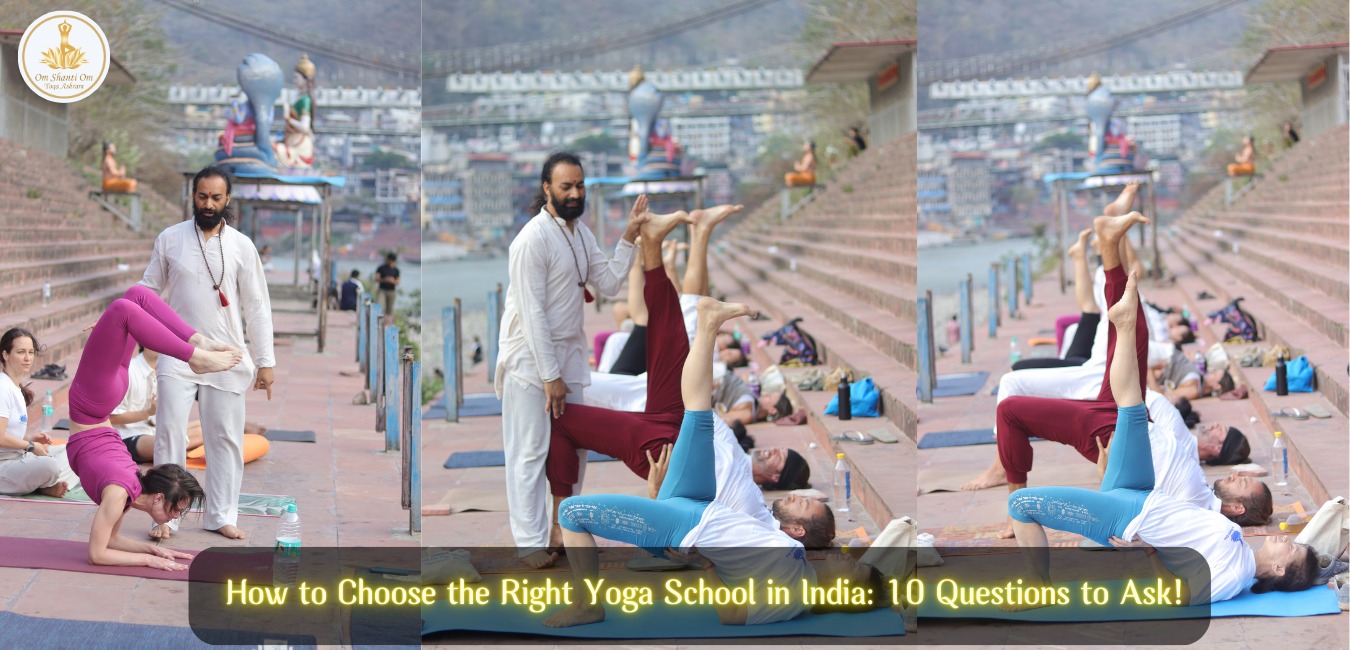







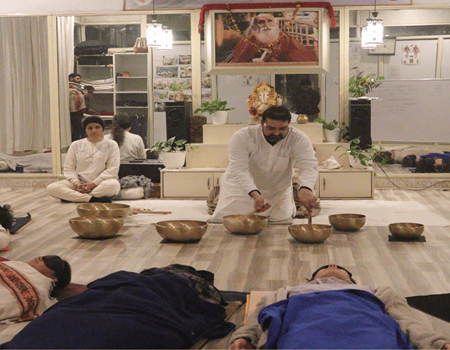


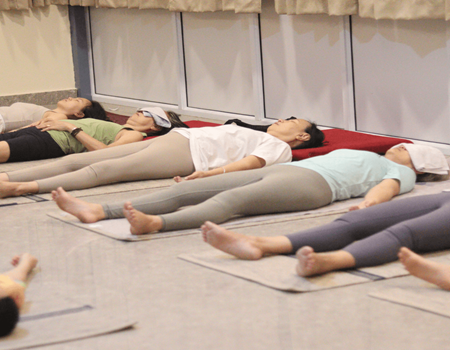
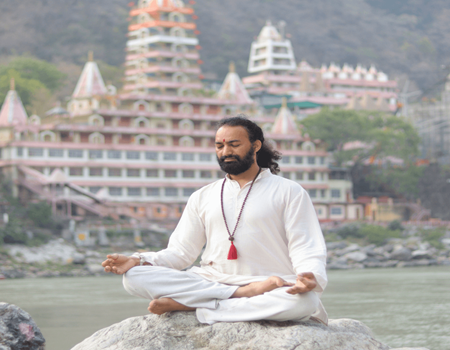

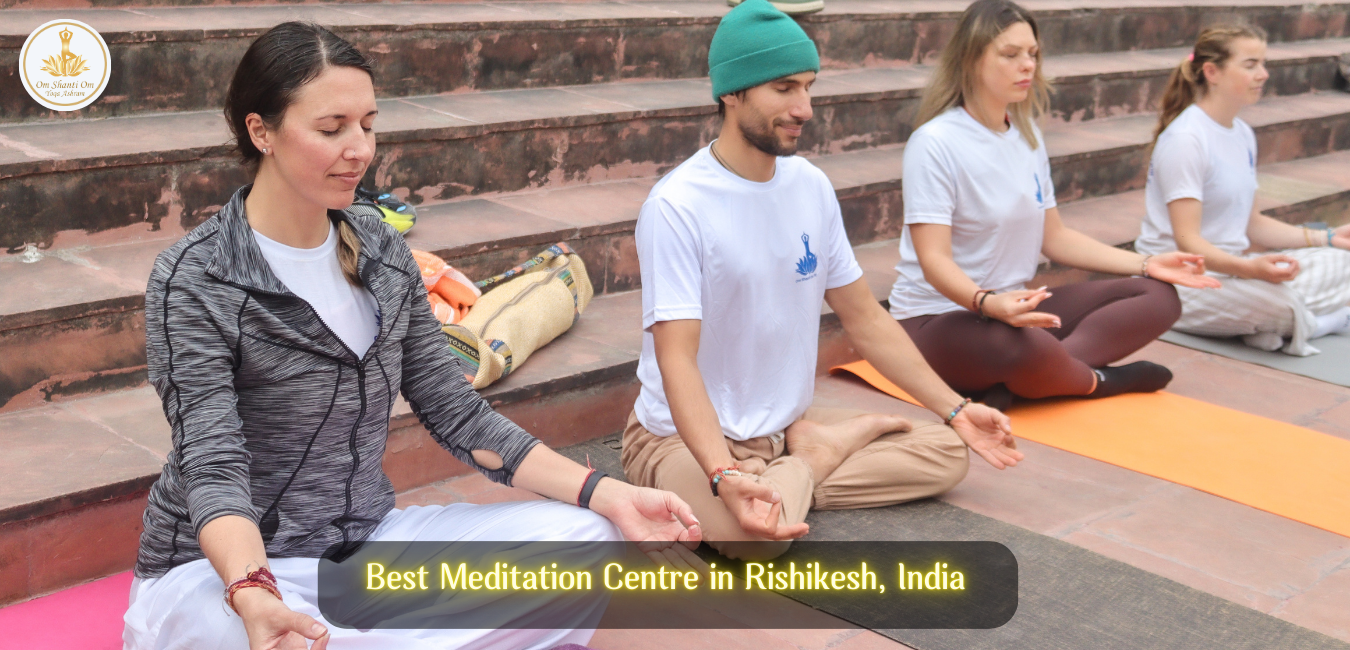

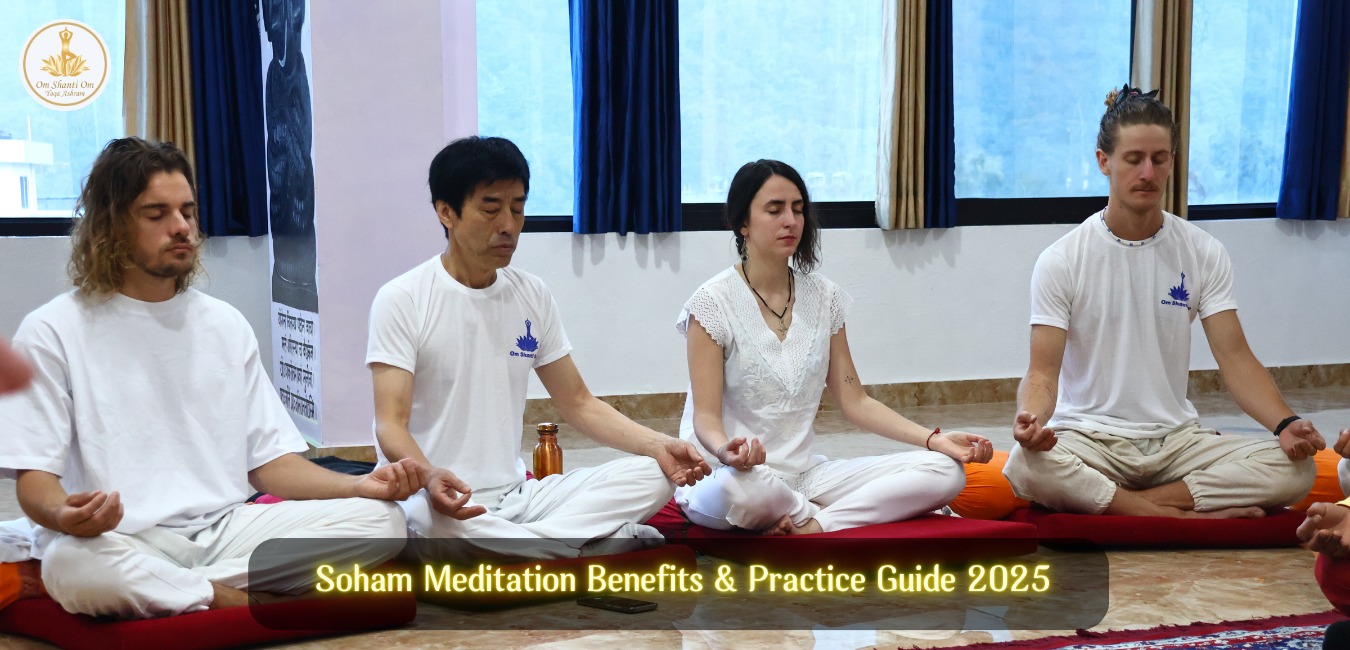



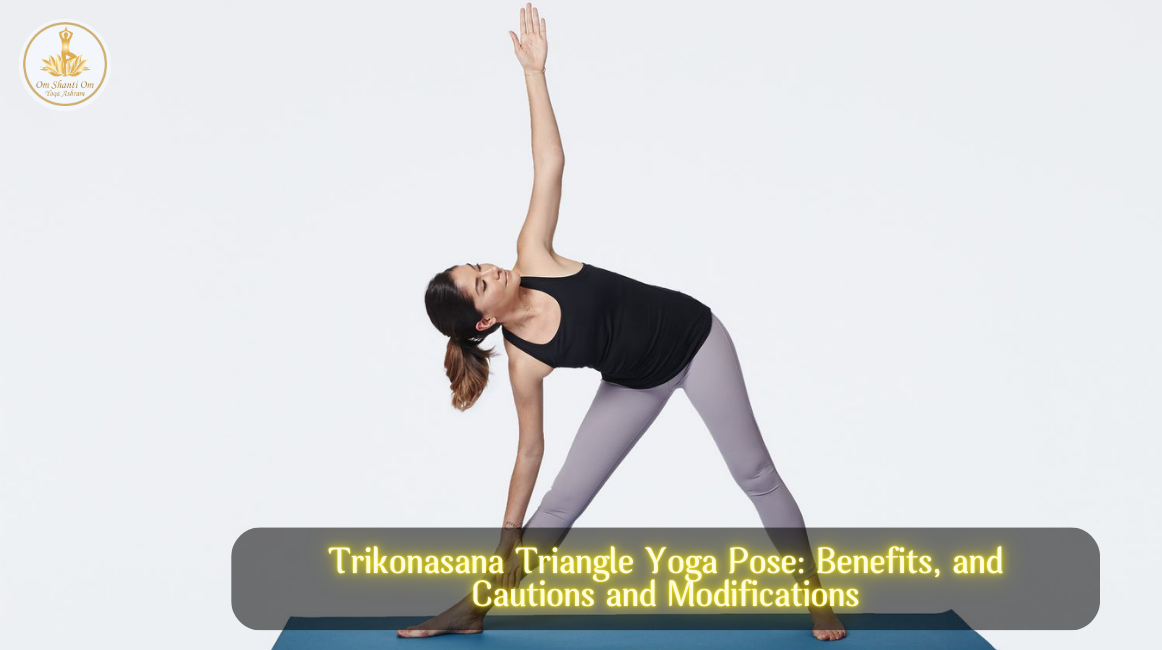


0 Comments
No comments yet. Be the first to comment!